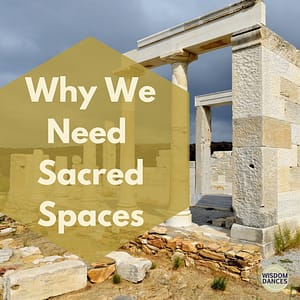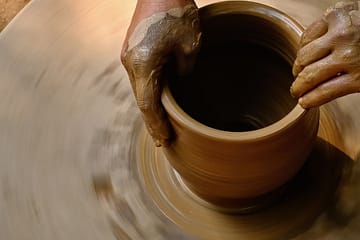Blessings to you and your ancestors on this All Saint’s Day. This year the ancestor altar in my house got upstaged by many things, including an epic sewing project I undertook for my daughter’s Halloween costume. Let’s just say that it’s never quite as simple as “we’ll just sew on some fake fur sleeves.†Those were my words and I take them back completely. Yet I found time I didn’t think I had for this sewing project, teaching her where I could, because fashion is truly one my of daughter’s passions. All her school notebooks are filled with fashion design concepts adjacent to her class notes.
Last week she was also really excited to share with us a few sketches she made in the margins surrounding notes about the Line 3 Pipeline from her US Studies Class. She was particularly proud of one featuring Alberta squashing an Enbridge executive. Her primitive political cartoons in the margins were her outlet for the anger she feels at the harm Line 3 is causing to water, animals, and forests. I love her resourcefulness and humor.
I wonder, are we letting down a whole generation when we teach them about injustice and climate change but don’t include education about the inner resources we need to deal with our rage and grief? Even the typical social justice oriented church may preach about how things should be, but they too often fail to really empower people with the inner resources for deep transformation.
We started checking out mythology books for my daughter when she started complaining that most children’s literature was just “too nicey.†The myth of Demeter and Persephone is one of my favorites for wrestling with a world that gives us loss.
Demeter, the Goddess of the harvest, is wracked with grief when Hades abducts her maiden daughter Persephone into the underworld. Demeter wanders aimlessly for nine days. Exhausted, she then disguises herself and becomes a nanny for a family. She aches to fill the space left by her daughter so she doesn’t have to feel her grief. She goes so far as to begin turning the family’s baby into a God by burning off his mortality. When the baby’s mother finds Demeter holding her baby in the flames she puts a stop to it.
Demeter is outraged but it is a turning point. She realizes she needs a place where she can grieve properly. She sheds her disguise and reveals her divine self in full splendor. She demands that the people build her a temple to which she would retreat and grieve.
Indeed, grieving in this way leads to a transformation of the situation.
Demeter goes into her temple and draws into herself. She stops the crops from growing. People start to starve. Finally Zeus, worried there will be no more people to give him offerings, relents to Demeter’s demands and arranges for Persephone to return.
Demeter is so interesting because she goes through so many phases of grief. She wanders. She avoids and misdirects her grief in trying to create a new God out of someone else’s baby. Then she decides that her grief is worthy of a sacred space. She grieves until her grief is respected and Persephone is returned to her.
Everything shifted when she stopped wandering and distracting herself. She needed the support of a sacred space.
My daughter’s primitive political cartoons in the margins remind me of how we all need sacred spaces that allow us to tend our anger and grief. Our hearts want more than the margins.
What is that sacred space? It can have many forms. While it can be a temple or sacred building, most often is it intangible. I believe it has two essential traits:
- It connects us with our larger place in the whole of life
- It stimulates us to move with the flow of life.
We’ve experienced enough losses in the past years that our daughter now recognizes the “someone just died walk.†We’ve done it instinctively, going outside into the whole of nature, the motion of walking soothing our bodies out of the reflex to freeze in grief. I’m amused she gave this walking practice a name.
It can be as simple as taking a walk around the block. It can be a month-long walking pilgrimage. There are ways to cultivate the strength of the sacred spaces for our aching hearts; the stronger they are, the more they can hold and release.
Qigong practice always begins with remembering our place in the universe and moving our body gently, to stimulate the flow of our energy with the flow of the universe. When a grandmother in Greece puts on her dancing costume embroidered with countless stylized representations of the cosmos, she is doing something very similar. There are so many ways and it rests largely on our building a strong focus with lots of practice.
I love seeing how people are educating themselves right now about so many justice and environmental issues. I would love to see a complementary surge of attention to cultivating the wisdom and the sacred spaces that allow us to keep holding our hearts in a good way so we can be instruments of justice, love and healing in the world.
My heart to yours,
emily



